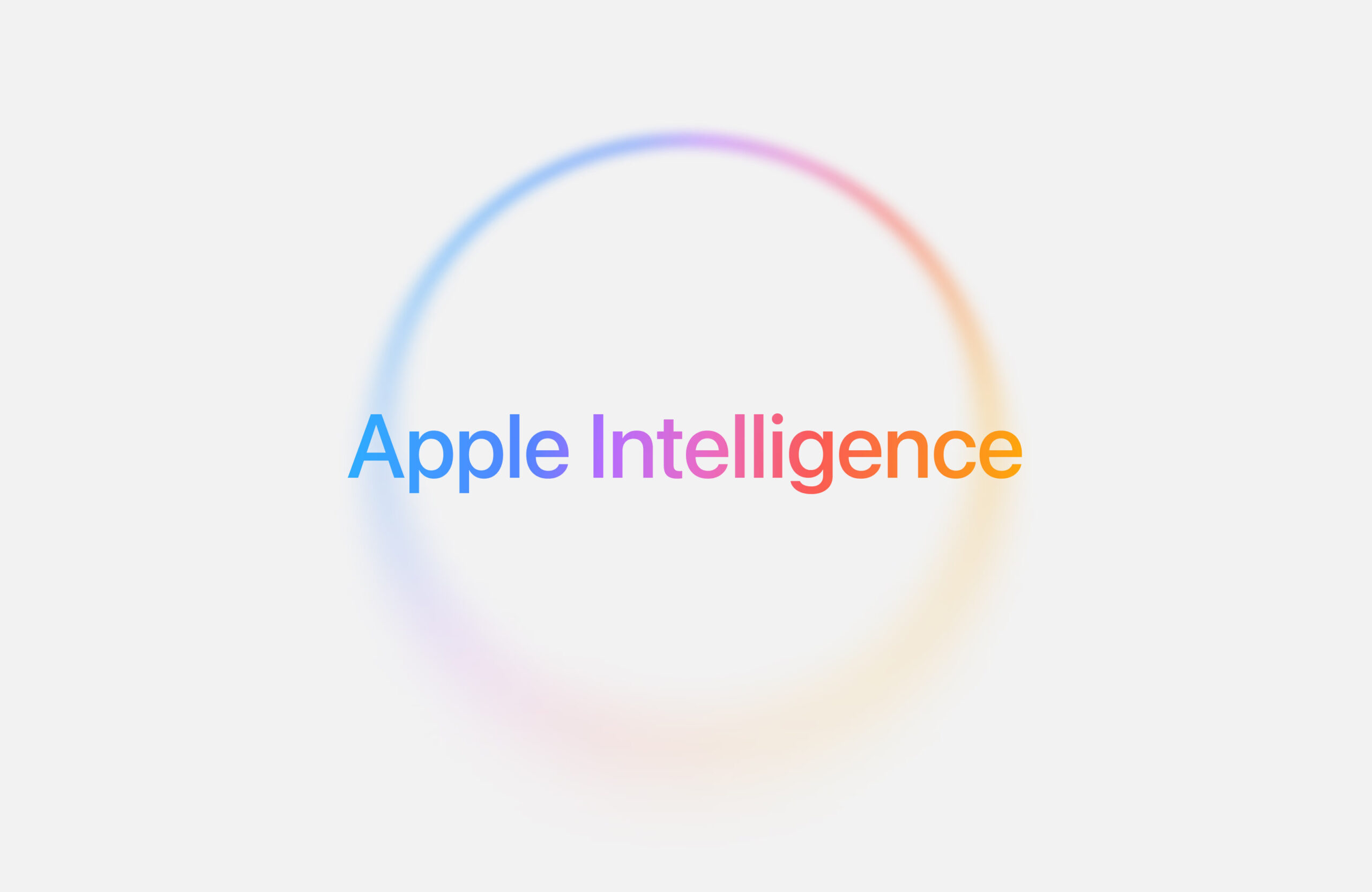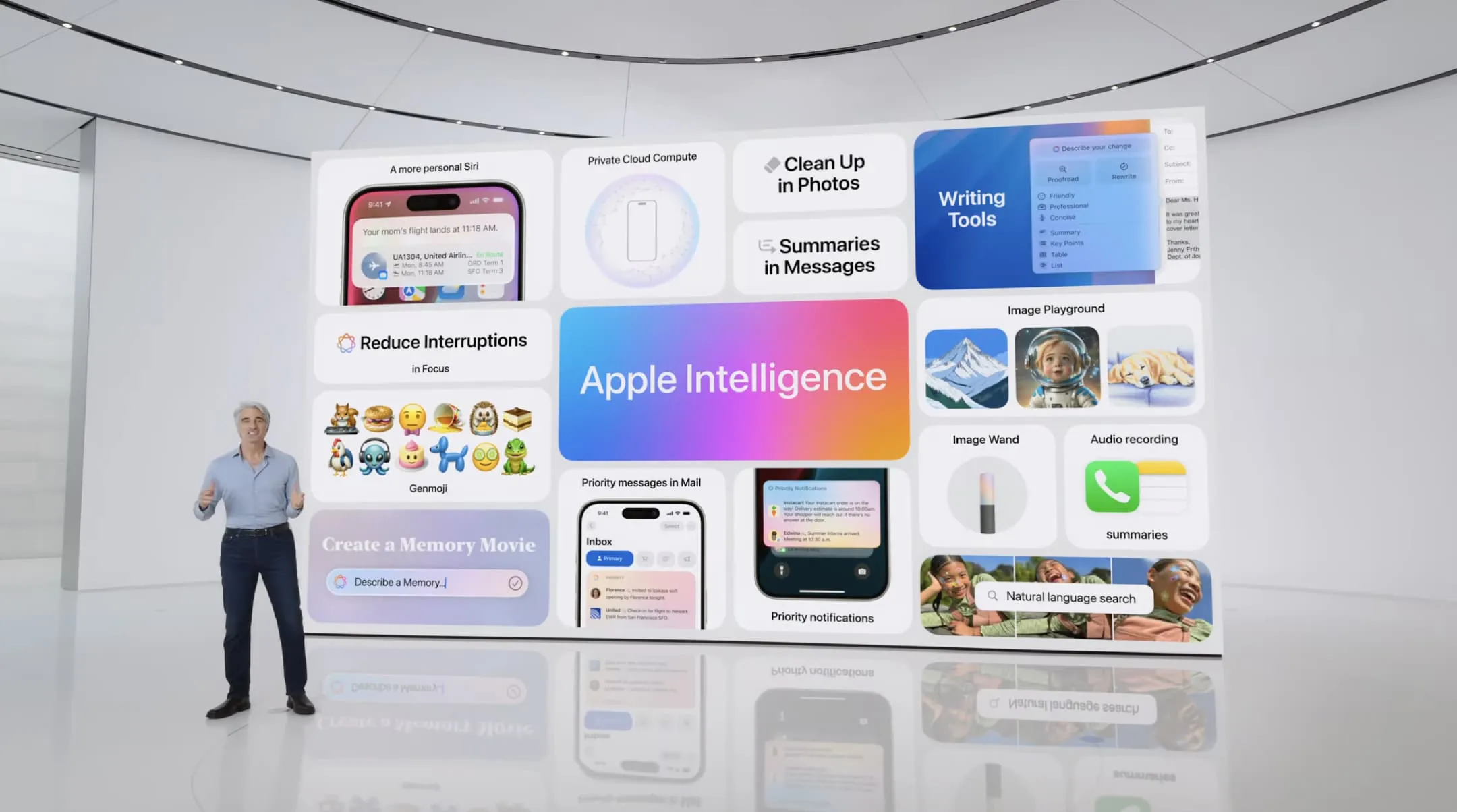The iOS 18.4 update was meant to include new Siri features powered by Apple Intelligence, but Apple decided to hold off on those for more testing. Even so, this update still brings some cool additions that’ll make it worth downloading when it arrives in April.
Important Alerts First
Apple shared the idea of Priority Notifications at WWDC in June 2024, and now it’s finally here. This handy feature has been eagerly awaited since iOS 18 launched in September.
With Priority Notifications, your phone figures out which alerts matter most by looking at the timing and details. For example, if you’re waiting for a food delivery, that alert jumps to the top when it’s almost time. It works the same for anything urgent or tied to a schedule.
You’ll need to switch it on manually in the iOS 18.4 beta by going to Settings > Notifications > Turn On Priority Alerts. Once it’s active, these key alerts appear at the top of your Lock Screen in a special box with a clear icon. Swipe down to see the rest of your notifications as usual.
Fun with Image Playground
When Image Playground first came out, it let you create pictures in two styles: Animation and Illustration. A third option was always planned, and now it’s here with the iOS 18.4 beta—Sketch. Sketch gives your images a hand-drawn look, different from the 3D Animation style or the bold, simple Illustration vibe. Apple calls Sketch “detailed and scholarly,” with beautiful drawings on plain backgrounds. Animation has a playful, 3D cartoon feel, while Illustration uses strong lines and bright colors.
More Languages Supported
With iOS 18.4, Apple Intelligence will work in new languages like French, German, Spanish, Italian, Portuguese (Brazil), Japanese, Korean, and simplified Chinese. It’ll also support English tailored for India and Singapore.
When’s It Coming?
Apple has released one beta of iOS 18.4 to developers and testers so far. Another beta is expected next week, with testing running through March. The full release is set for early April.
What About Siri?
There’s still hope the delayed Siri features might sneak into a later iOS 18.4 beta, but with just a month left, it’s doubtful. Instead, they’ll likely land in iOS 18.5. Normally, big updates don’t hit in a .5 release, but Apple’s been rolling out iOS 18 features bit by bit—and iOS 19 might even be delayed to focus on perfecting iOS 18.



